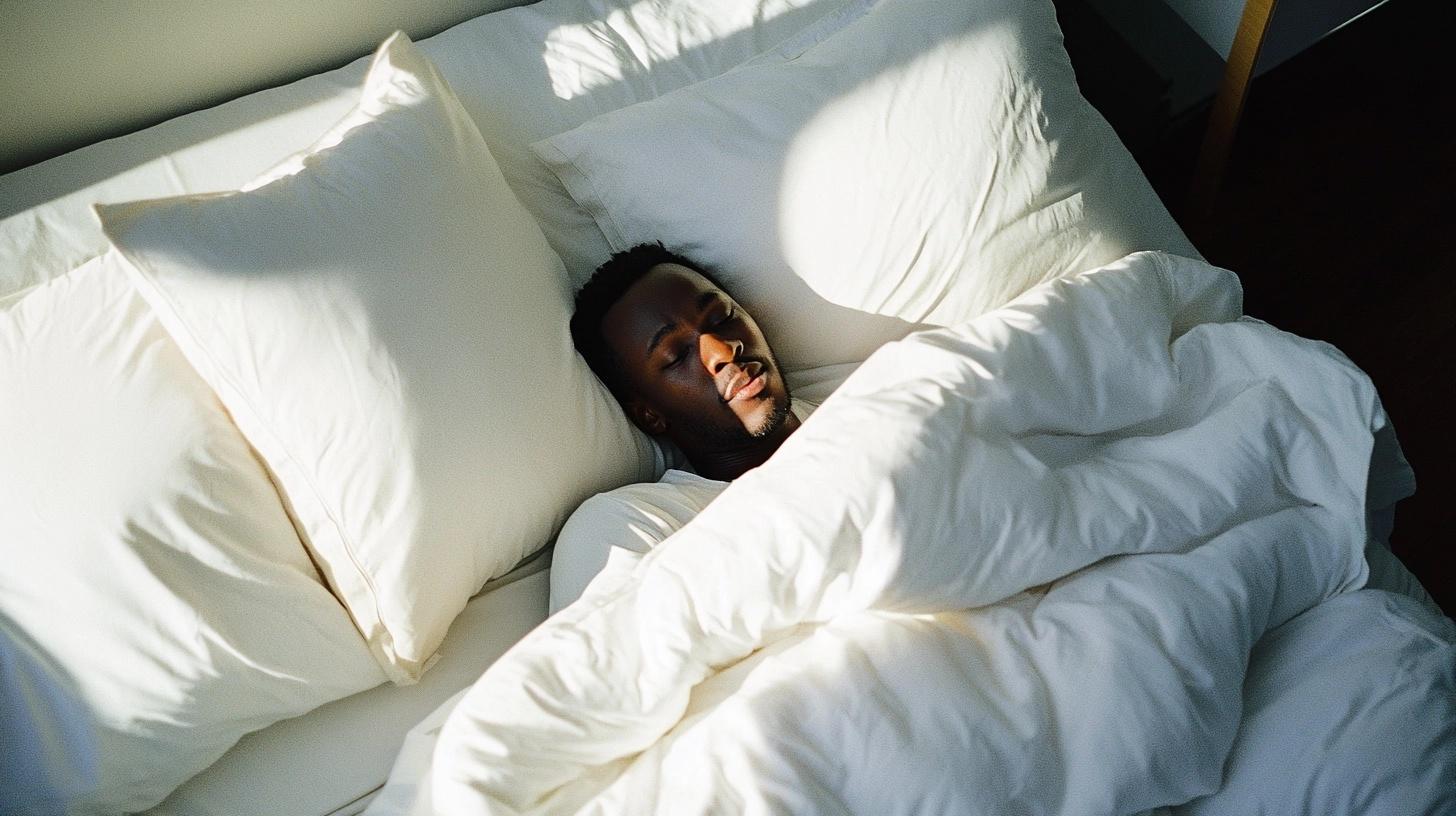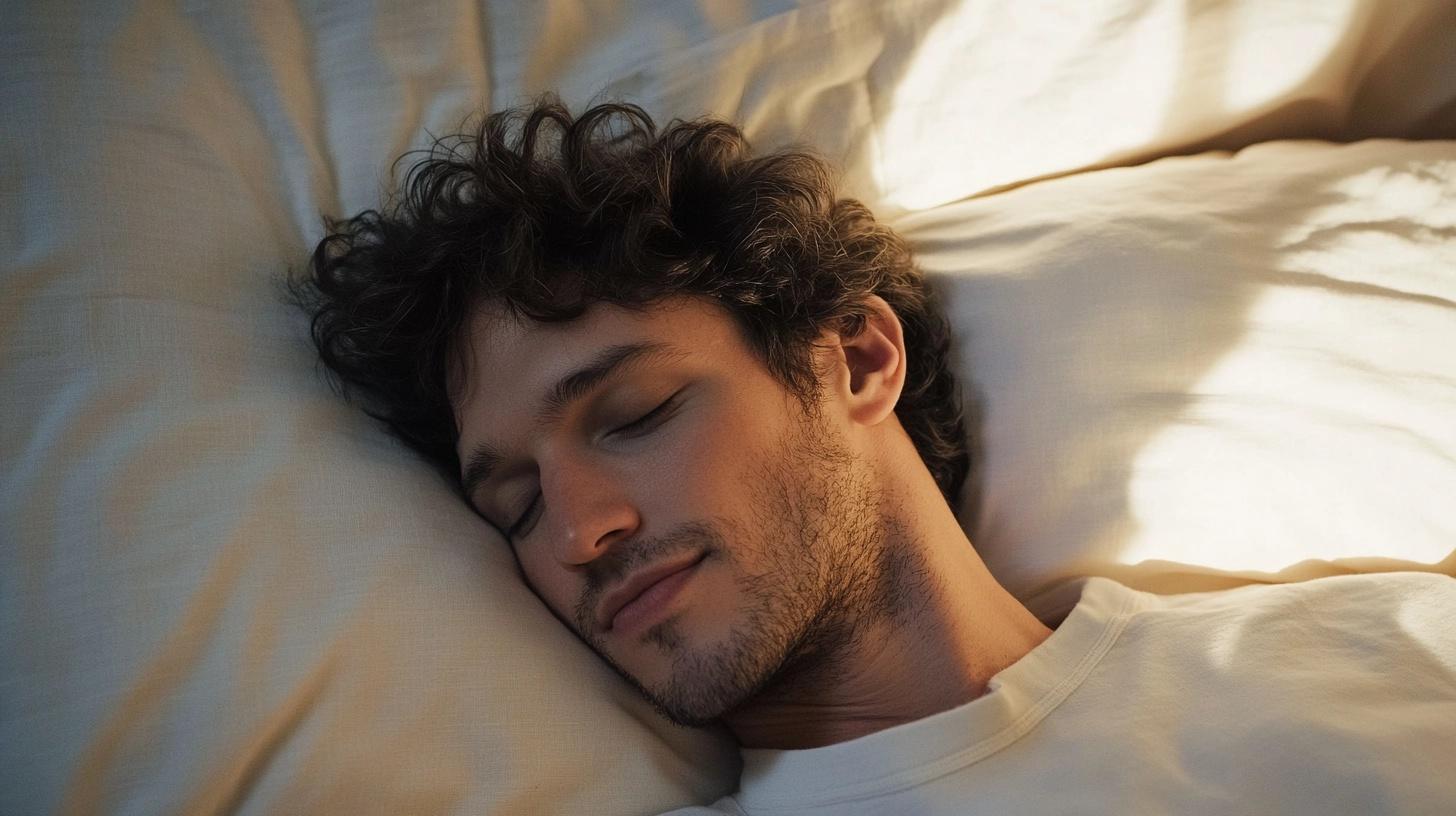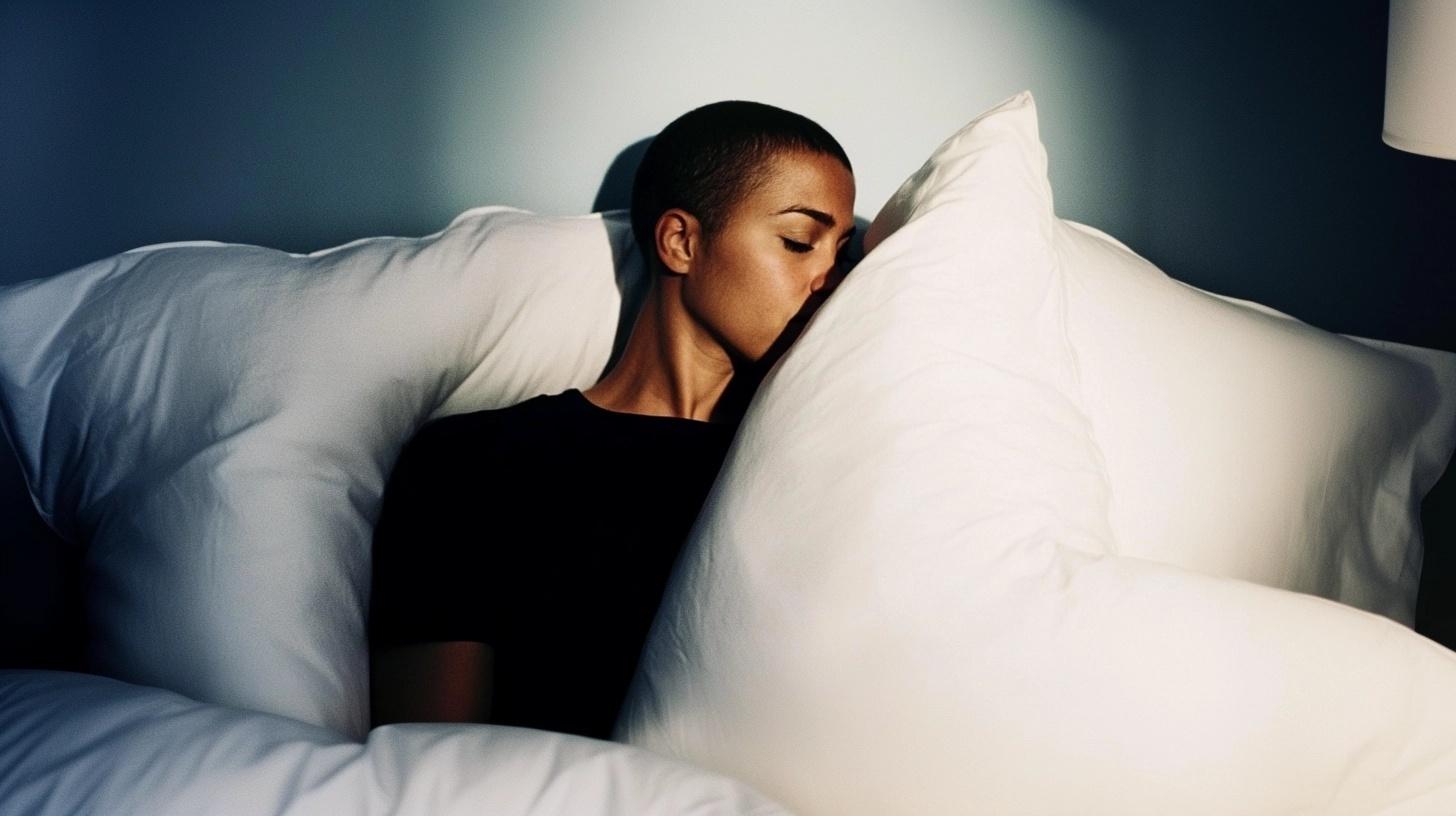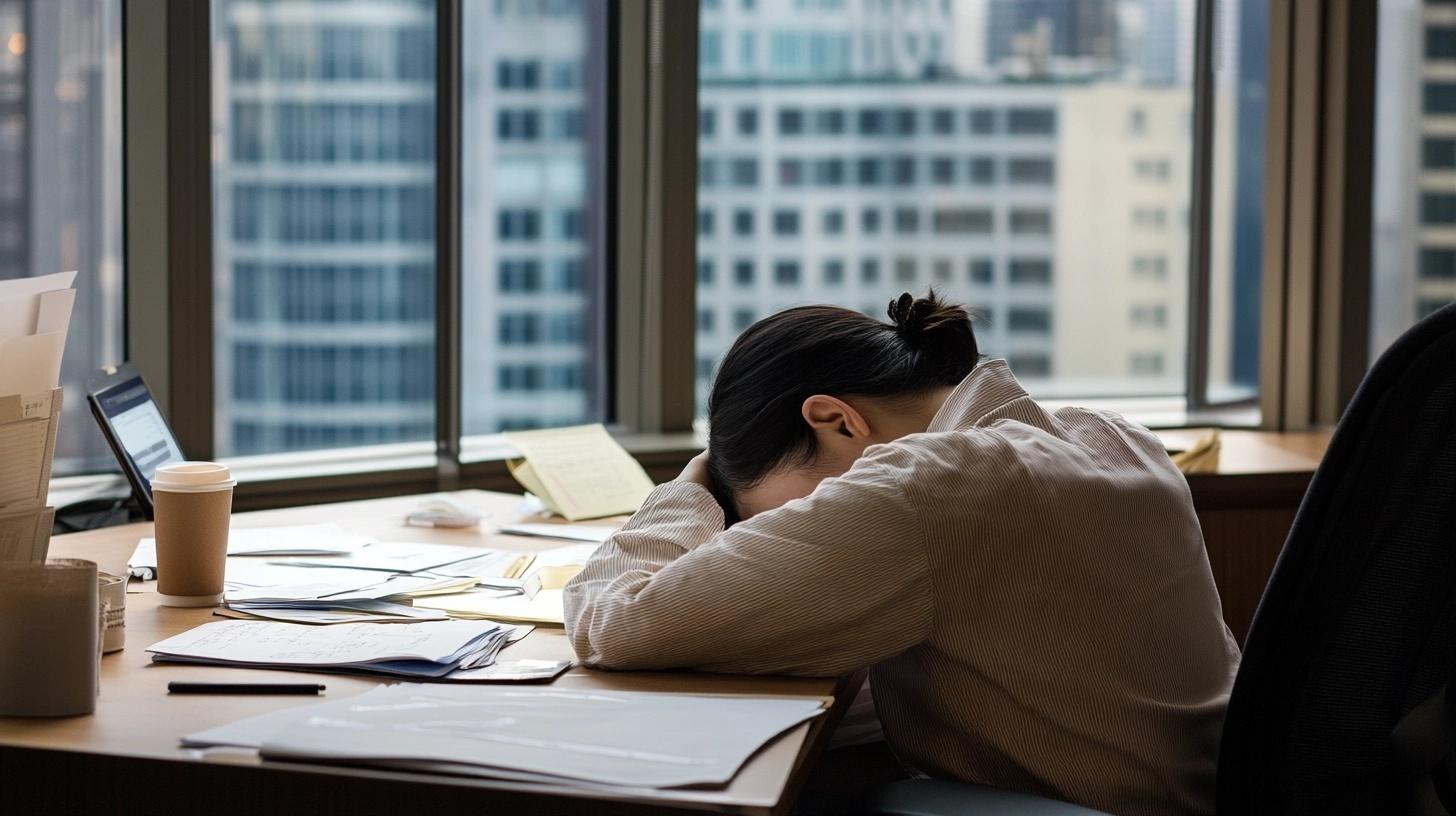Understanding sleep paralysis: what does it really feel like? What are the risk factors?
Published
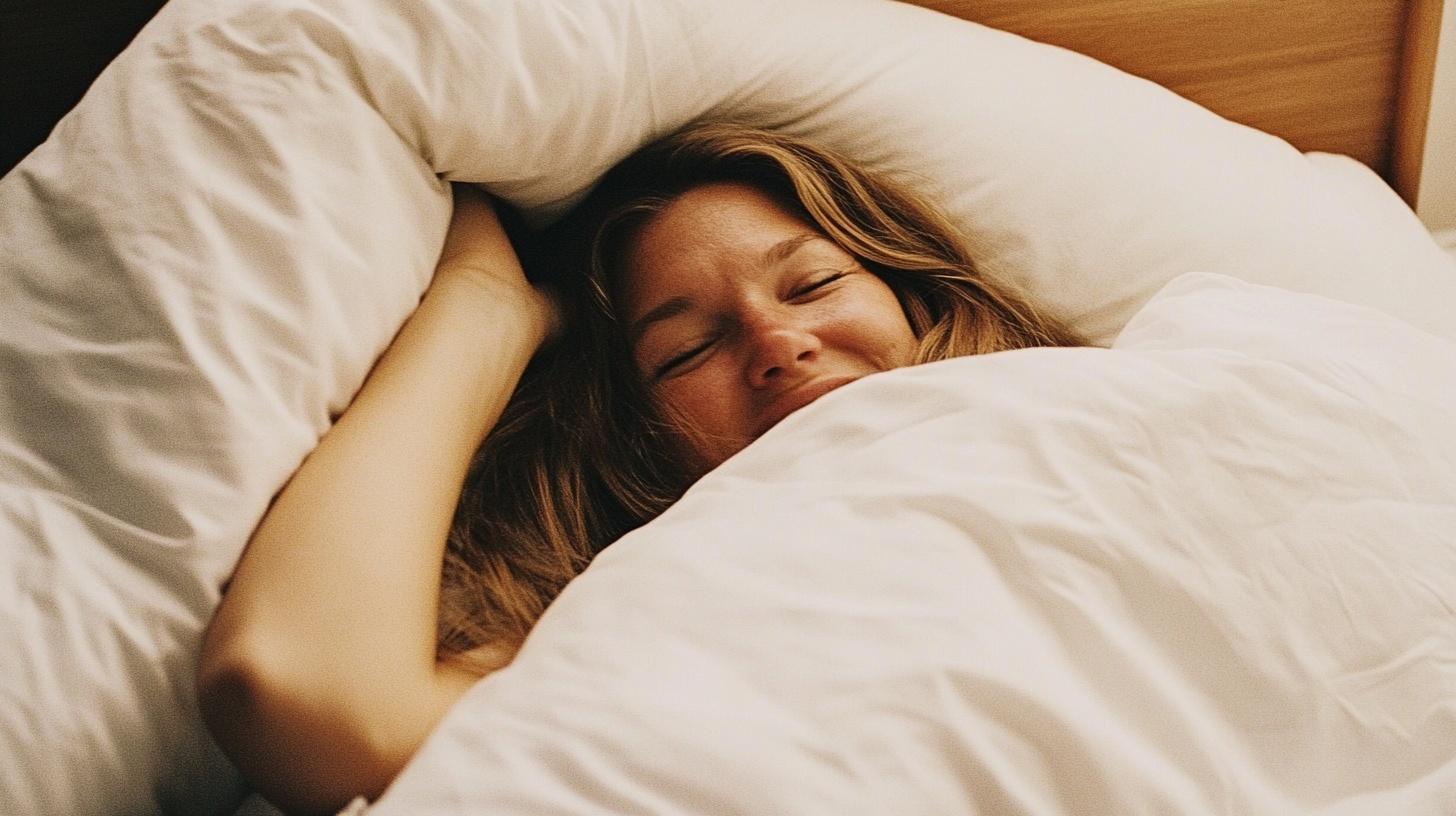
Imagine a state where you are both partially asleep and awake. Aware, but unable to move or speak. Perhaps trapped in a terrifying hallucination. As explained in our previous article, sleep paralysis is usually nothing to be worried about. Frequent, or more severe episodes, however, can cause intense anxiety, especially around bedtime, resulting in sleep deprivation and in extension potential health problems.
In this article, we’ll cover:
- Beyond symptoms: what does sleep paralysis feel like?
- Risk factors
- Interpretation of sleep paralysis in different cultures
Beyond symptoms: what does sleep paralysis feel like?
As the name suggests, sleep paralysis is the inability to move even if you feel wide awake. The sensation can last for several minutes, however, sleep paralysis episodes may be experienced differently from person to person:
- The level of awareness, for example, varies: from completely awake and aware of the surroundings to partial awareness.
- Some experience suffocation or breathlessness due to the low activity of the breathing muscles during REM sleep.
- Other people may experience an out-of-body experience, feeling like they’re floating and looking at themselves. However, this is part of the vivid hallucinations that can occur during sleep paralysis.
Hallucinations
Besides the inability to move, one of the most common symptoms of sleep paralysis are vivid hallucinations – people experience something that isn’t actually happening. This is the main reason people may panic or get anxious, as they find it impossible to defend themselves or run away.
The hallucinations connected to sleep paralysis can be:
- Visual: people have reported the presence of one or several dark figures, shadows or blurry human figures standing by the bed. Some others claim to have seen flashes, and lights moving around.
- Tactile: the most common type of hallucination, this is related to the feeling of pressure in the chest that people may experience during sleep paralysis (incubus hallucinations). Other tactile hallucinations may be scratches, vibrations or the feeling of someone holding the hands of the paralyzed.
- Auditory: people also claim hearing voices like whispers, screams, laughs; or noises like footsteps, knockings or even someone breathing.
- Olfactory: less common, some people have also experienced different smells during sleep paralysis, although the intensity and familiarity may vary.
Other types of hallucinations can be the feeling of an intruder’s presence or vestibular-motor hallucinations already mentioned, where people feel they are moving, floating or flying.
How to cope with it?
Indeed, those hallucinations feel like a waking nightmare, and it’s what makes sleep paralysis a terrifying experience for many people. But try to remember – sleep paralysis is generally harmless and nothing to be afraid of.
Therefore, it may be helpful to remind oneself of the main symptoms of sleep paralysis during an episode. Understanding what’s happening and why may help you stay calm and give you a sense of control over it. In turn, increasing your tolerance towards future episodes. If you stay relaxed, you will eventually fall back asleep and the episode will also end.
Better sleep starts tonight. Try Sleep Cycle for free.
Disrupting a sleep paralysis episode – is it possible?
Unfortunately, there aren’t currently proven methods or exercises that can stop a sleep paralysis episode. However, you may try to disrupt sleep paralysis episodes as they occur by attempting to make small body movements (such as moving one toe, then another, or trying to open your mouth). However, it’s better to just relax and try to fall back asleep if you feel anxious.
Risk factors of sleep paralysis
Anyone can experience an episode of sleep paralysis. However, research suggests that certain people may be more at risk of experiencing frequent sleep paralysis episodes than others, including:
- Night shift workers, or people with shift work and irregular sleep patterns
- Students during a period of exams or with a high level of stress
- People with a family history of sleep paralysis – A study made in the United Kingdom found that sleep paralysis appears to have a genetic component, even though more research is needed to identify the genes that may be involved.
- Individuals with anxiety disorders or those that have experienced traumatic experiences (including those with PTSD)
- Those who fall asleep under the influence of alcohol or other drugs
- Travelers with jet lag
- Those who tend to sleep on their back
As mentioned in our previous article, those also suffering from sleep disorders such as sleep apnea or narcolepsy, or who are sleep deprived are more likely to experience sleep paralysis. In short, anyone experiencing poor sleep due to the factors mentioned can develop sleep paralysis.
Interpretation of sleep paralysis in different cultures
Sleep paralysis has occurred throughout history. However, the term is relatively new – it wasn’t until 1928 that it was first used by British neurologist S.A.K Wilson. Before that, it is just possible to find different definitions and interpretations among different cultures to explain this phenomenon. Examples include:
- The first clinical definition dates back to 1664 and was included in a Dutch physician’s case stories. The doctor described how a female patient felt the devil sitting on her chest, but she couldn’t move or defend herself.
- “Kanashibari” is the name of sleep paralysis in Japan, and is linked to the belief that Buddhist monks can use magic to paralyze others.
- In Newfoundland, Canada, it is called “Old Hag Syndrome” because it feels as if a supernatural creature (like a witch) is sitting on the chest.
- Brazilian folklore links the paralyzing experience with Pisadeira – the term used to mention the demon. This is described as a figure with long fingernails who would walk on the chest of those who sleep on their back.
- In Mexico, it is known as (translated) “a dead body climbed on top of me”, a comparison of the heavy feeling on the chest with the weight of a corpse.
- Chinese culture traditionally believed that sleep paralysis was also a type of “ghost repression”.
- In Nigeria, some communities believe that a female demon called “Ogun Oru” possesses the body and mind while people sleep.
Sleep paralysis – a universal experience
Sleep paralysis is relatively common and is not something to be afraid of. That said, even though we know sleep paralysis demons or ghosts may not be real, this doesn’t make the experience of not being able to move less frightening. Keeping good sleep hygiene, addressing the triggers, and understanding the whole phenomenon can help you prevent it and stay calm if an episode occurs.

